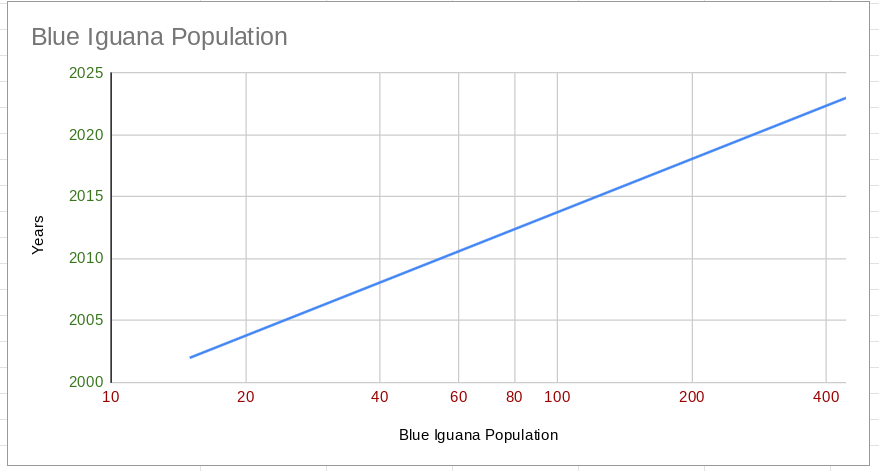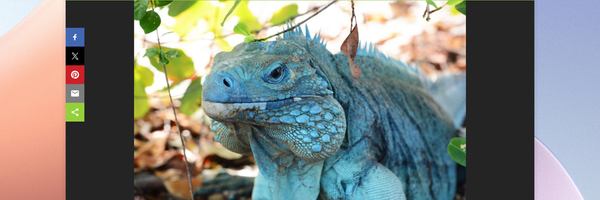Protecting the Blue iguana
Grade 5
Presentation
No video provided
Problem
There are only approximately 1000 Blue iguanas left in the world. That is a problem. I want to research them to see what we can do to help their population grow again and why they have almost become extinct.
Why are there so few left?
What are the causes?
My hypothesis why there are so few left is because humans have both hunted them and destroyed their habitats by building communities, and predators have hunted them.
Method
I used Google to search the information. These are the search phrases that I used:
"Blue iguana age"
"Are blue iguanas endangered"
"How many blue iguanas are left?"
"Can blue iguanas swim"
"Why are blue iguana threatened"" what is the population of the blue iguana?
"How can people help blue iguanas?"
After I got answers to my questions I tried to see what the biggest problem was the Blue Iguanas had.
Research
Blue Iguana’s are a type of rock Iguana. A rock Iguana is a certain type of iguana that only lives in a specific geographic location.
These Iguanas grow bigger than five feet long, from nose to tip of their tail, and weigh about 25 pounds. The oldest recorded Blue Iguana lived up to 69 years old.
For food, mainly eat leaves, stems, flowers, nuts and fruits, and very rarely eat insects and slugs. They are not carnivorous reptiles like the komodo dragon .
Blue iguanas live on an island called Grand Cayman, which is located in the western Caribbean. They prefer dry rock forests to subtropical wet forests on the coast, they are very adaptable to different warm environments.
The Blue iguana is one of the biggest living lizards,and is an endangered species of lizard.
The Blue iguana has toes that are good for digging and climbing trees. ↓
This is not a blue iguana this is a marine iguana .
This iguana looks a lot like Godzila 😀
Data
In the early 2000's there were less than 15 Mature Blue Iguanas in the world. According to the IUCN (International Union of Conservation of Nature) there are currently now 443 Mature Blue Iguanas, thanks to many conservation efforts on Grand Cayman Island. I want to be one of those people helping and im cheering for the Blue Iguana .

Conclusion
The conclusion I have come to is that following solutions are what I think will help the Blue Iguanas population grow so that they are not on the endandgered spieces list anymore.
- Less habitat destruction - there needs to be a protected wild life areas that are secured.
-No hunting - Higher fines and jail time for poaching.
-Protecting them from predators - Create animal shelters for the stray cats and dogs that are hunting the Blue Iguana.
Citations
Citations for information -
wikipedia.org
https://nationalzoo.si.edu/grand-cayman-blue-iguana
https://oneworldonehealth.wcs.org/wildlife/reptiles-and-amphibians/blue-iguana
www.sciencedirect.com
iucn.org/resources//publication/grand-cayman-blue-iguana
Acknowledgement
I would like to thank my science teacher Ms.Watson for getting me get started in science club and for supporting my interests. I also would like to thank my mom and step dad for helping me through and pushing me to do my best.

